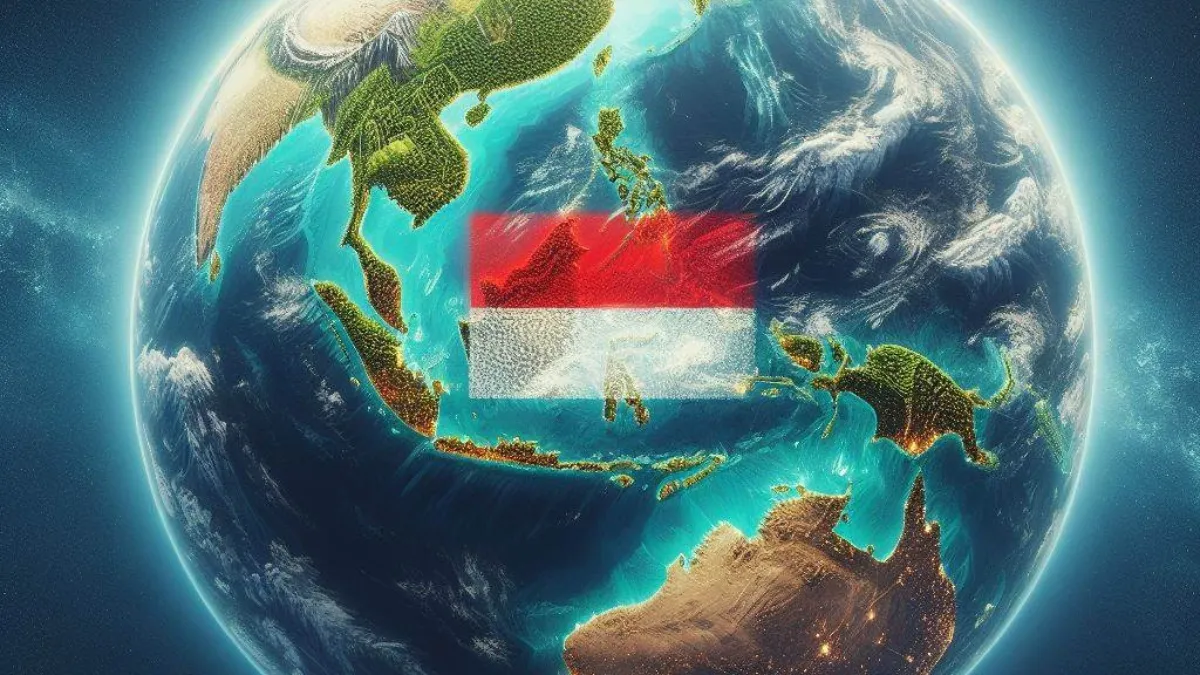jlk – Indonesia, nestled between two continents and two oceans, offers an extraordinary wealth of geography. With over 13,000 islands scattered across a land area of approximately 1.9 million square kilometers and maritime territory spanning 3.2 million square kilometers, Indonesia not only stands as the largest archipelagic nation in the world but also possesses uniqueness that profoundly influences various aspects of its society.
Indonesia takes pride in its cultural diversity. More than 300 ethnic groups and 700 regional languages spread across the archipelago, creating a mesmerizing mosaic of cultures.
Interactions among diverse cultures, both domestically and internationally, serve as the hallmark enriching the local fabric. Furthermore, the diversity in religion, beliefs, arts, and traditions contributes to the invaluable wealth of cultural heritage.
Its tropical climate, characterized by warm temperatures and high rainfall throughout the year, defines Indonesia’s distinctive climatic conditions. Agricultural patterns, harvests, and societal consumption are all influenced by this climate.
From Sabang to Merauke, Indonesia offers three types of climates: tropical, monsoon, and maritime. Around the equator, high temperatures and humidity prevail.
In monsoon regions, the transition between rainy and dry seasons marks the passage of time. Meanwhile, along the coasts, stable temperatures and humidity adorn daily life.
Strategically positioned, Indonesia serves as a bustling international trade route. Its natural resources—ranging from oil, gas, and coal to agricultural produce—attract traders and explorers from around the globe. However, this natural wealth also presents challenges, necessitating extra responsibility in its utilization.
Additionally, Indonesia’s tourism potential should not be underestimated. Beaches, mountains, lakes, forests, national parks, and cultural sites make Indonesia an enticing tourist destination.
Yet, amidst its natural beauty, Indonesia is often tested by natural disasters. Floods, droughts, earthquakes, and tsunamis frequently strike, causing losses and suffering.
Geographic factors, global climate change, and human activities are among the root causes. Nevertheless, these disasters also serve as a catalyst for raising awareness about the importance of environmental conservation, strengthening social solidarity, and fostering community resilience.
Indonesia represents a portrait of breathtaking natural wonders. Its cultural richness, tropical climate, strategic location, and natural disasters are integral parts of its identity.
As Indonesian citizens, it is our collective responsibility to preserve, nurture, and develop our nation. With gratitude, pride, and accountability, let us continue the journey of safeguarding the beauty of Indonesia, a unique nation amidst the world.












